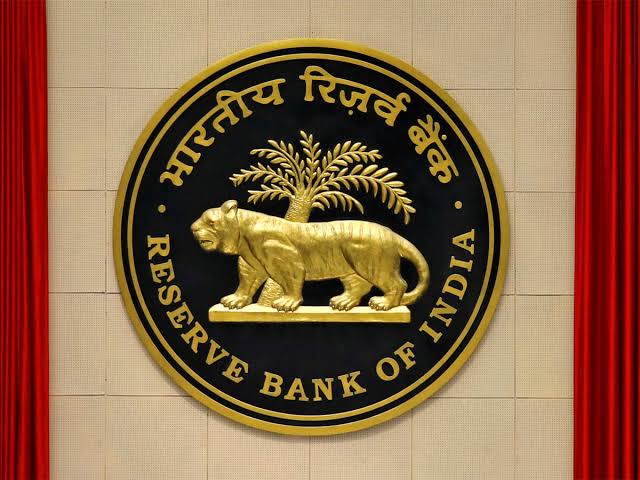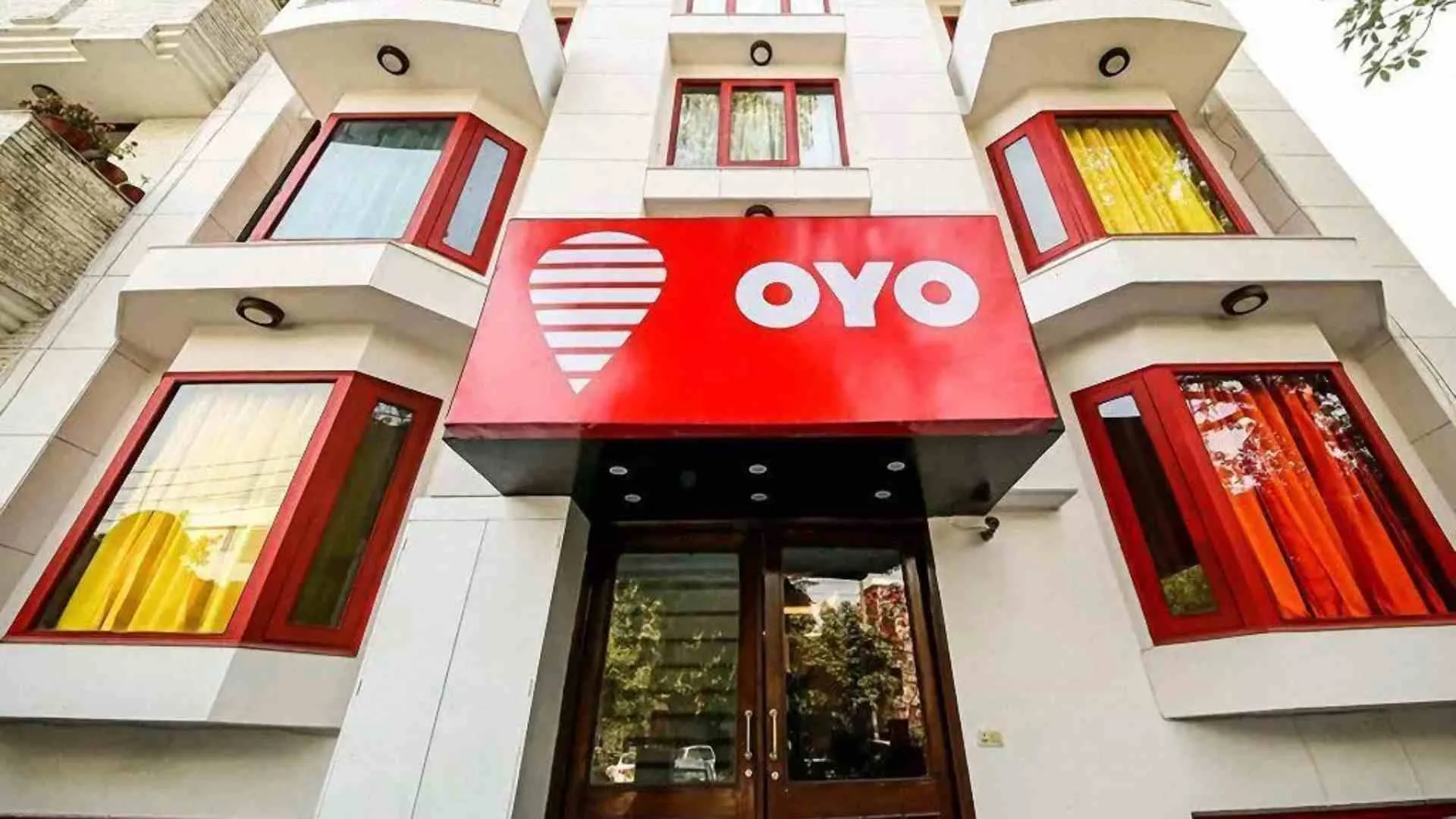In a continued thrust on disinflationary monetary policy, the Reserve Bank of India on Friday kept key policy rates unchanged with Repo at 6.50 per cent, the standing deposit facility (SDF) rate at the same 6.25 per cent and the marginal standing facility (MSF) rate and the bank rate at 6.75 per cent. The status quo is seen to be aligned with the intention of the Monetary Policy Committee for an ecosystem of sustainable growth which, while being robust, can brave global headwinds.
The move follows a detailed assessment of the evolving macroeconomic and financial developments and the outlook by the MPC at its meeting on Friday. “The MPC decided to keep the policy repo rate under the liquidity adjustment facility (LAF) unchanged at 6.50 per cent. The MPC also decided to remain focused on withdrawal of accommodation to ensure that inflation progressively aligns to the target, while supporting growth,” the RBI said in its statement.
Economic activity exhibited buoyancy in Q2 aided by strong domestic demand as GDP posted a robust growth of 7.6 per cent driven by investment and government consumption. Since the last policy, CPI headline inflation moderated to 4.9 per cent in October from 7.4 per cent in July, a trend visible in all components of CPI – food, fuel and core (CPI excluding food and fuel).
Governor Shaktikanta Das supported the decision to hold the rates as part of RBI’s endeavour to further build on strong fundamentals which are the best buffer against global shocks in today’s uncertain world. Amidst a period of great volatility, slowdown in the global economy and persistently high and sticky core inflation which remains above target in many countries, emerging market economies (EMEs) as a group have remained resilient during the current bout of volatility, unlike previous episodes, the RBI Governor noted.
“The fundamentals of the Indian economy remain strong with banks and corporates showing healthier balance sheets, fiscal consolidation on course, external balance remaining eminently manageable and forex reserves providing cushion against external shocks,” Das said, identifying these factors, which combined with consumer and business optimism, create congenial conditions for sustained growth of the Indian economy.
The move has been welcomed by industry as one that promises to continue price stability and supporting growth. Secretary General of ASSOCHAM Deepak Sood observes that while inflation has been declining for the past few months, RBI seems resolute in its target of taming it to its target of four per cent. “It has so far kept a vigil eye on both global and domestic events for a stance that would bring more confidence to investors, borrowers and consumers as the focus of the credit policy remains on price and financial stability,’’ says Sood. Chairman of Engineering Exports Promotion Council Arun Kumar Garodia is relieved by the MPC decision to maintain the key lending rate steady as engineering exports needs continuous policy support to remain globally competitive and register strong growth since the engineering goods sector has also been facing pressure.
According to the RBI Governor, major central banks have kept rates on hold while refraining from forward guidance in view of the prevailing uncertainties. While financial markets remain volatile in their quest for definitive signals about the future path of interest rates, presenting an unsettled global economic backdrop, Das projected the Indian economy as presenting a picture of resilience and momentum.
“The real gross domestic product (GDP) growth for Q2 of the current financial year has exceeded all forecasts,” said Das. The RBI has, however, in its near-term outlook, cautioned against risks to food inflation which might lead to an inflation uptick in November and December. The Central Bank has decided to keep watch on this for second round effects, if any.




















